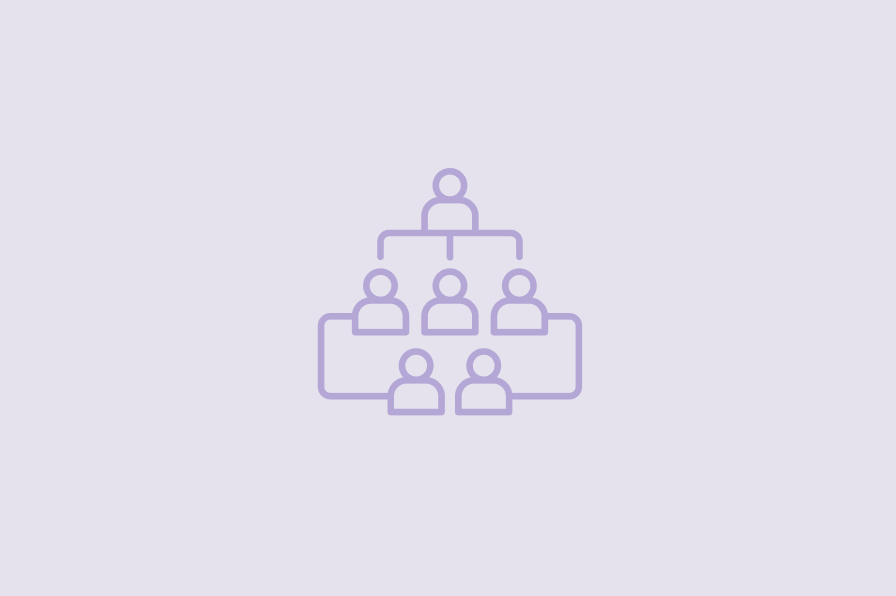Why ICHRAs and why now? The tipping point with individual coverage health reimbursement arrangements (ICHRAs) has been building in recent years, largely due to rising costs of healthcare coverage and changing legislative guidance, which made the introduction of ICHRAs very attractive. In recent years, there has been a 36% increase in individual health plans, largely due to the popularity of employers adopting ICHRAs as a means of providing health benefits to their employees. This trend reflects a shift in the way employers seek more flexible and cost-effective solutions.
ICHRAs were established in 2019 through regulations and related guidance from the U.S. Departments of Labor, Health and Human Services, and Treasury (84 Fed. Reg. 28888 [June 20, 2019]) as a new option for employers to offer group health benefits to employees. Because ICHRAs are a type of health reimbursement arrangement (HRA), they allow employers to set aside a specific amount of money each year to reimburse employees for their medical expenses, including premiums for individual health insurance plans purchased on the marketplace or directly from insurers.
In traditional group health insurance, the employer selects a specific health plan for all employees; however, with an ICHRA, the employee chooses their own individual health insurance plan from a range of options. This promotes more consumerism and choice in health plan coverage.
With ICHRAs, employers can offer different reimbursement amounts based on employee classes, such as full-time versus part-time employees or employees in different geographic locations. ICHRAs are designed to be a flexible cost-effective option for employers, as companies can control their healthcare costs by establishing a fixed reimbursement amount.
Additionally, ICHRAs are compliant with the Affordable Care Act (ACA) as long as certain requirements are met, such as offering coverage to all eligible employees on the same terms. Employers must comply with IRS regulations regarding ICHRAs, including offering the benefit to all eligible employees and providing the required notices. Failure to comply with these regulations could result in penalties. These penalties are generally related to regulatory noncompliance rather than direct financial liability for healthcare costs. Overall, ICHRAs provide employers with a new way to offer health benefits, while providing employees with more choice, more flexibility, and potentially lower cost when selecting their health insurance coverage.
But ICHRAs are not a one-size-fits-all solution and may not be right for everyone. They do require an additional layer of communication, so employees understand the plan offering; and not all states or markets offer the same plan design options or price advantages. ICHRAs come with an additional layer of administrative responsibilities to ensure each carrier is paid appropriately. Managing an ICHRA can be administratively burdensome for employers, especially smaller ones, because it involves ensuring compliance with numerous regulations, handling reimbursements, and maintaining records. Additionally, there are also ACA compliance requirements that still exist, and the employer must adhere to the ACA employer mandate to meet its responsibilities.
ICHRAs are considered an ERISA-protected benefit, and employers must comply with ERISA’s requirements including reporting, disclosure, and fiduciary responsibilities. Compliance with ERISA helps ensure employees receive the benefits to which they are entitled, and their rights are protected under federal law.
Employers with ICHRAs have a financial responsibility by committing a fixed contribution amount for each employee. This can help them predict and control their healthcare costs. If healthcare costs exceed the contribution amount, employers are not responsible for covering the difference. Employees would be responsible for any additional costs. Employees can use the funds to pay for eligible medical expenses, including health insurance premiums. Any remaining balance at the end of the year typically does not roll over. Employers do not bear financial liability for unused funds in an employee’s ICHRA account.
PEOs offering an ICHRA have financial liability that is different compared to group health plans. They can ensure a premium is paid to the carrier in a timely fashion, but the liability lies with the individual. ICHRAs are contracts between the employee and the insurance carrier (not the employer or PEO). The employer or co-employer (PEO) has responsibility to ensure the contribution budget is available to the employee to pay for elected individual coverage but ultimately the insurance policy is owned by the employee, who has the responsibility to maintain their individual policies directly with the carrier.
The PEO and co-employer can focus on the design of the employer contributions given the employer’s budget. They can support the employee to be educated consumers of their healthcare. Employees have ultimate choice and control to select coverage based on their individual needs for themselves and their families. ICRHAs address the consumerism trend to empower choice without tying the PEO to fiduciary responsibilities.
Opportunities are growing for PEOs to embrace alternative benefit options for co-employers. ICHRAs expands the playing field by offering flexibility, increased consumerism, and portability of plan options. They also address many of the common challenges facing employers by providing cost control, plan compliance, and improved employee retention. PEOs include ICHRAs as part of a diversified product offering because they present several compelling benefits to group health plans. This expanding product is poised to add significant value and many employers are embracing the option as a strategic focus for long-term growth and stability. While ICHRA’s do have additional administrative challenges and require some due diligence, they may not be the right fit for every employer, but they may be worth exploring based on the individual needs of the company.
-
SHARE
- Copy to clipboard



